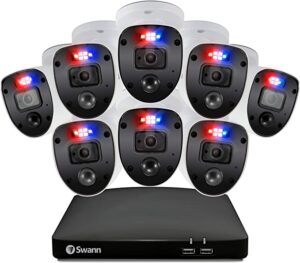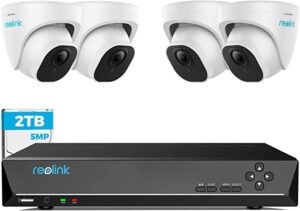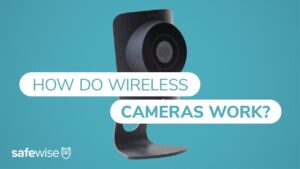NVRs save video files from IP (Internet Protocol) cameras, while DVRs digitise analogue video. Here's how each video recorder works.
On the surface, it doesn't seem like there's much difference between a network video recorder (NVR) and a digital video recorder (DVR). After all, both devices record HD video footage from multiple security cameras on a hard drive for you to watch later—making you feel like a bona fide security guard.
But if you dig a little deeper, it turns into a battle between analogue and digital cameras. Each video recorder has distinct features, types of cameras, and costs—with NVRs offering more advanced tech and DVRs generally costing less.







